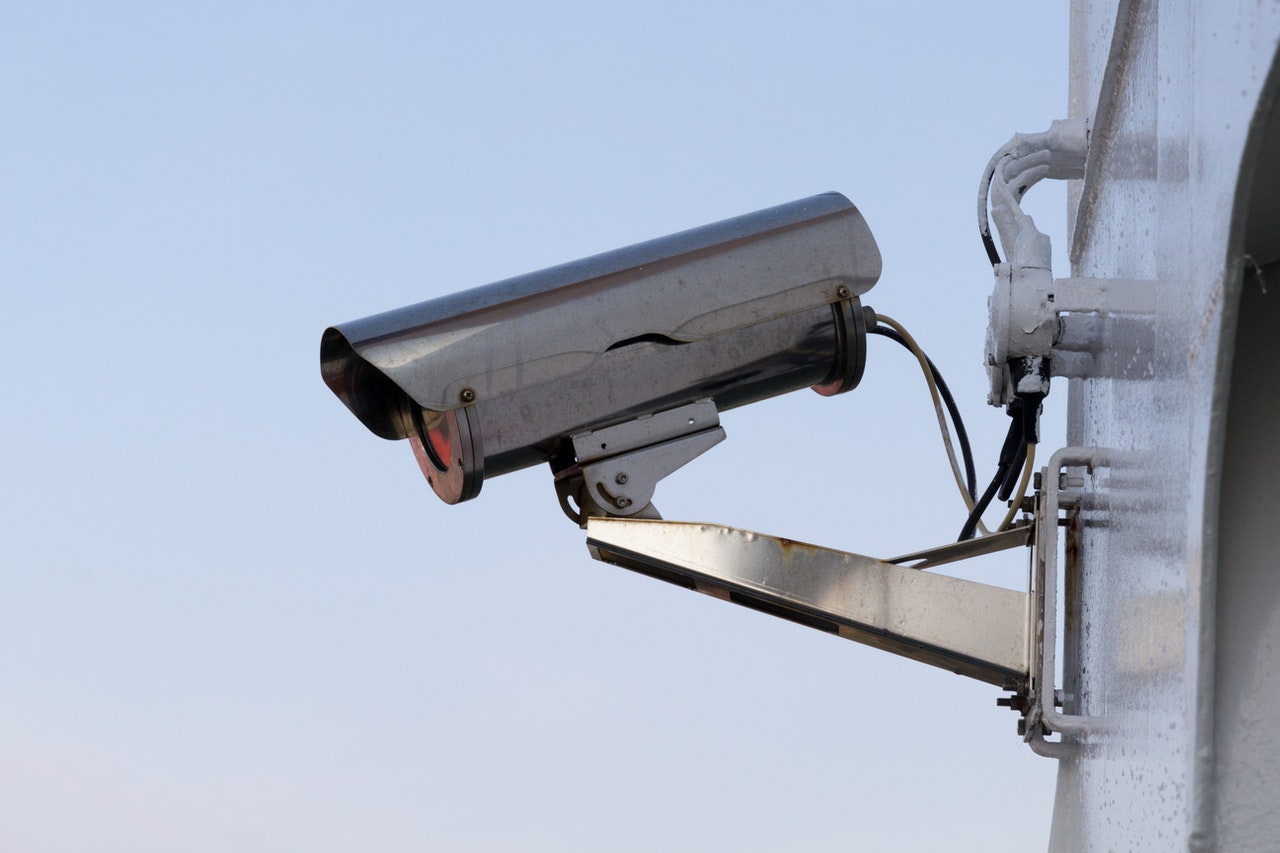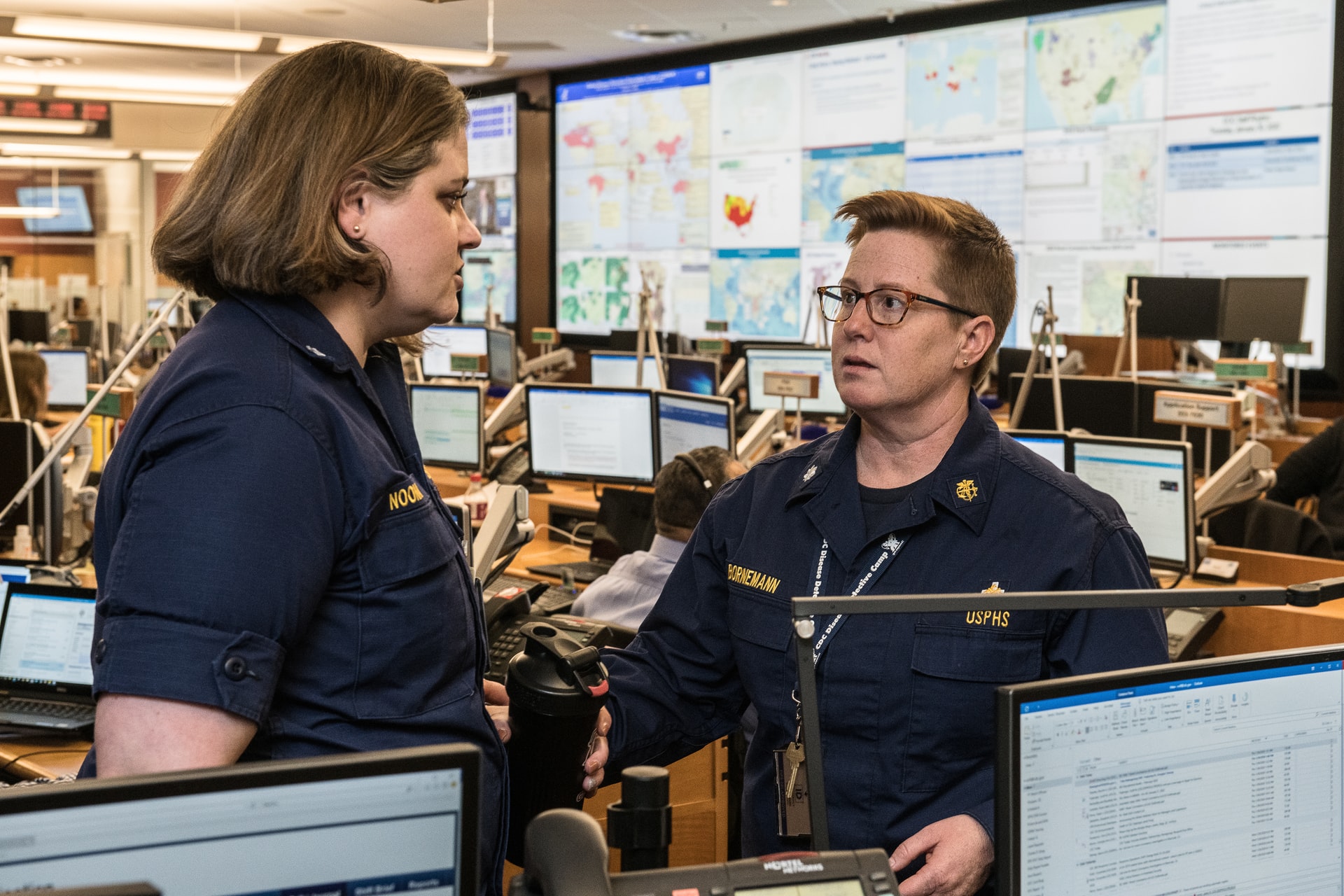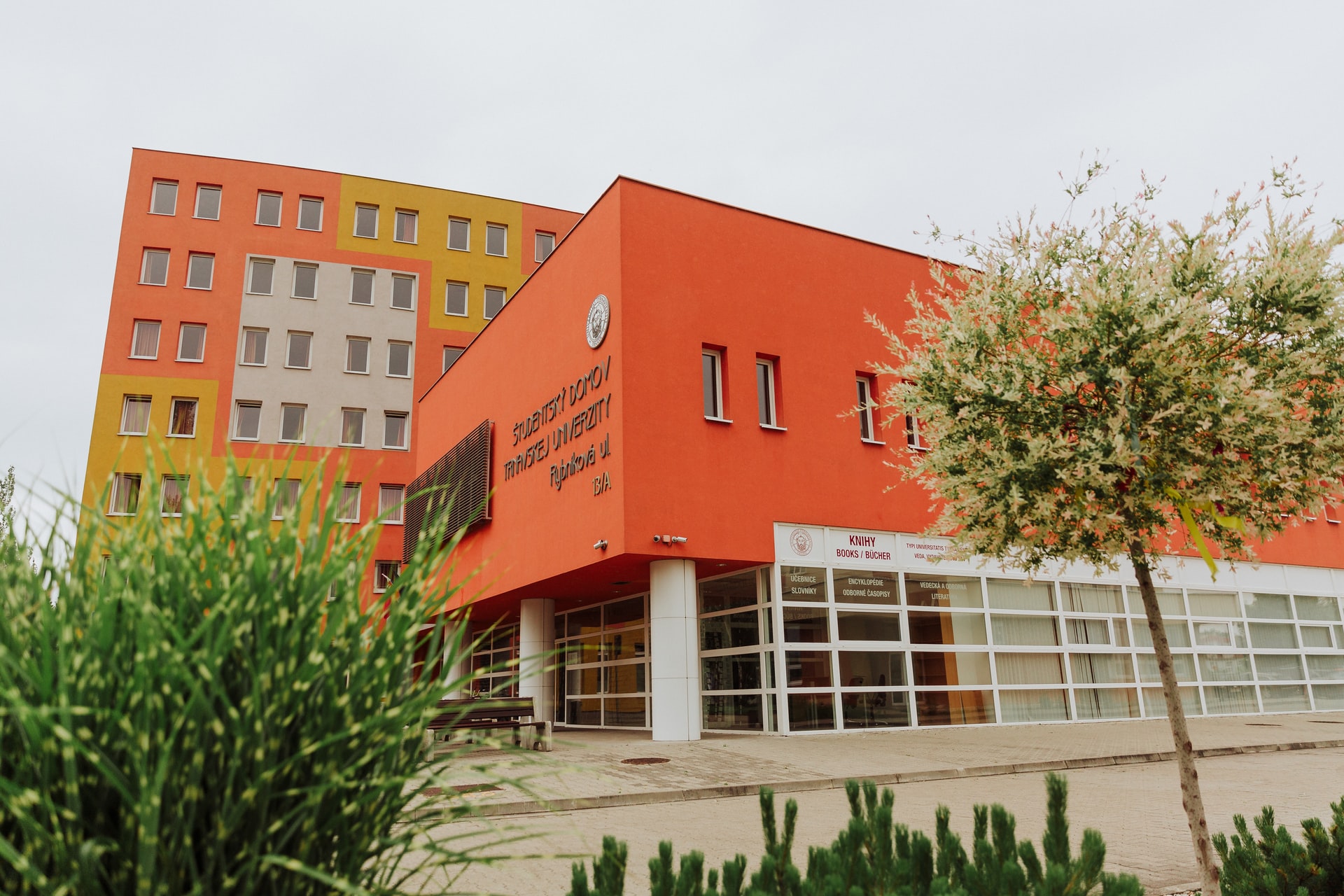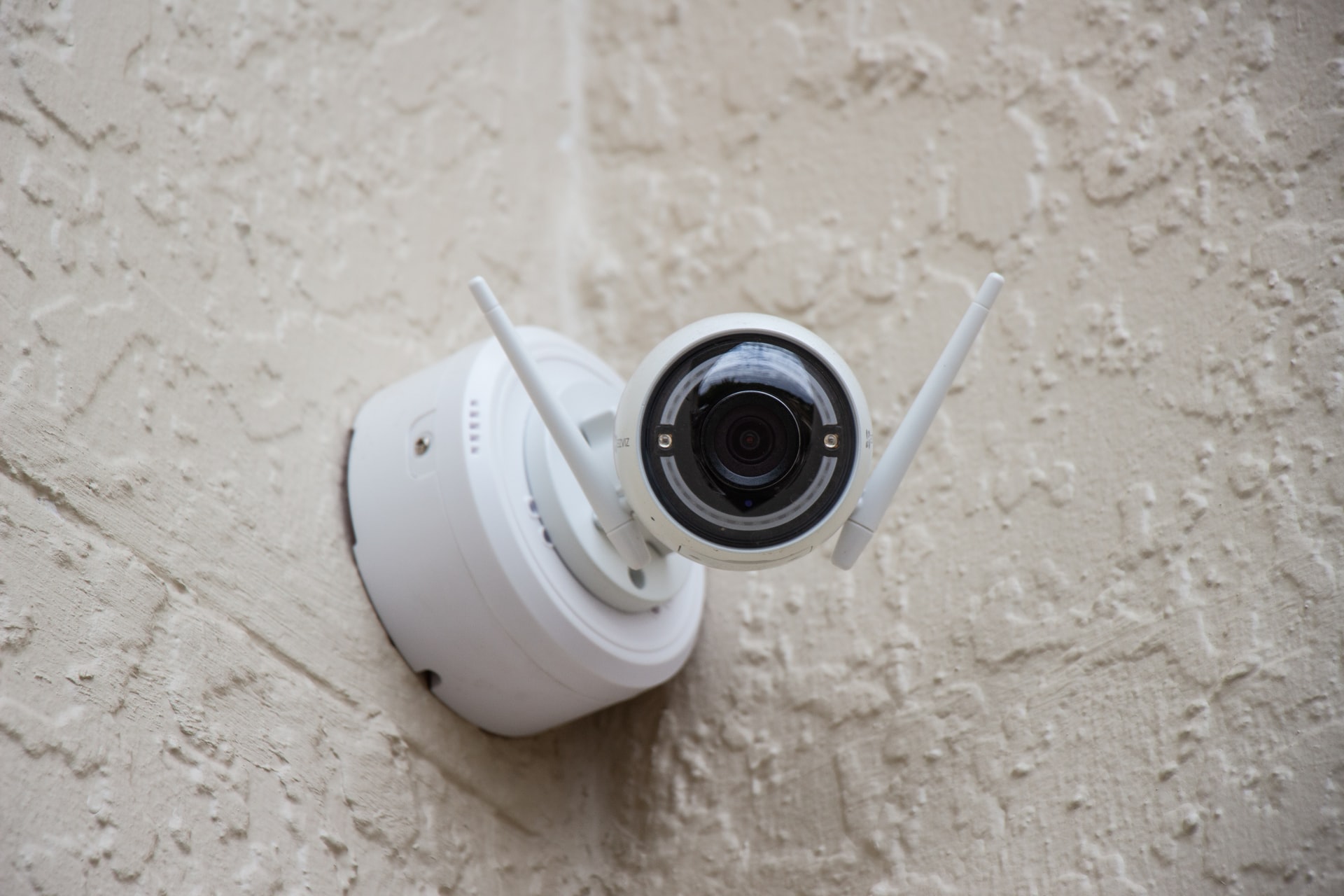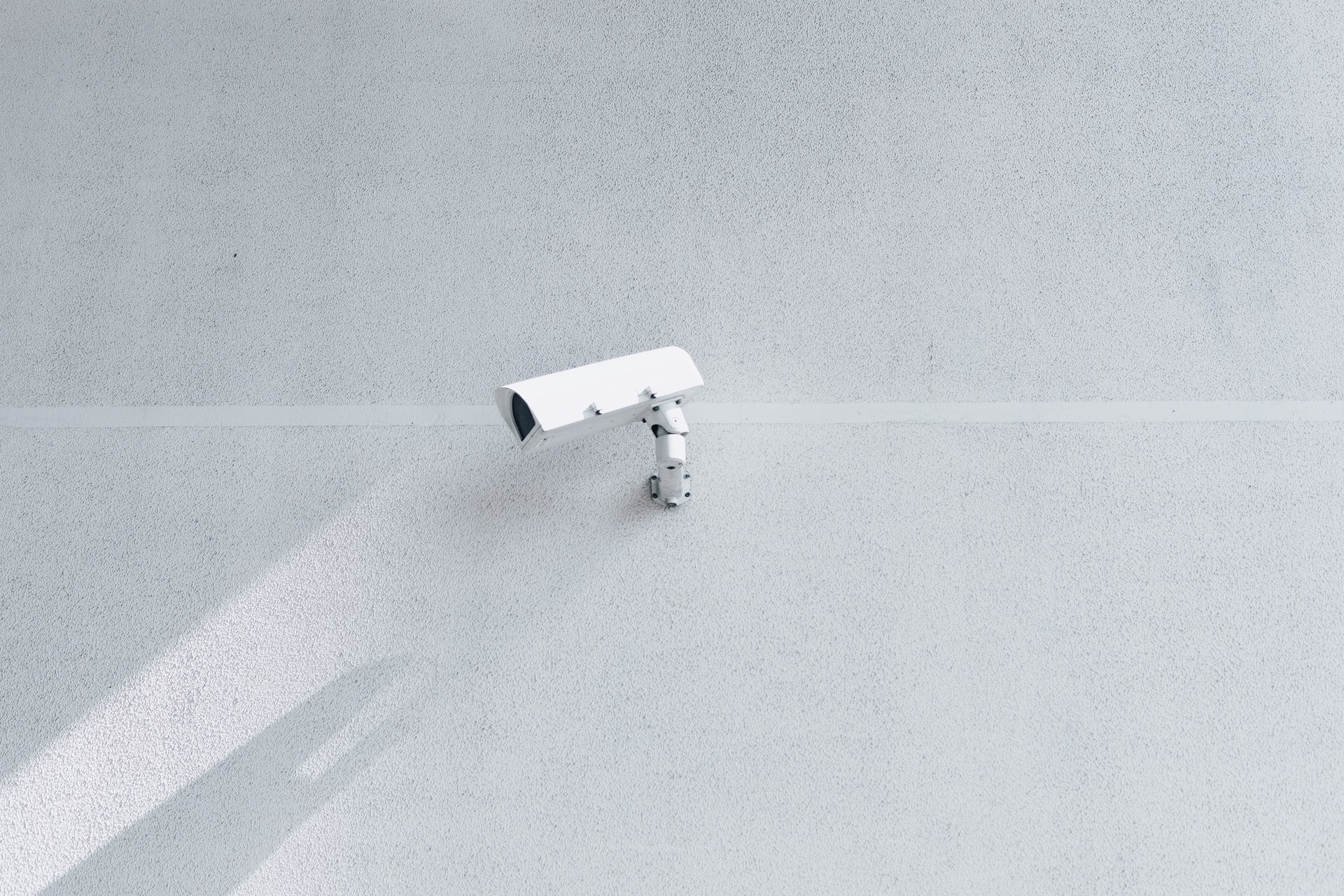Providing Support to Students During a School Crisis

The occurrence of significant school crises is a terrible aspect of our society. While Cold War-era bunker exercises are fading from memory, active shooter training has been commonplace after the 1999 Columbine shooting. Fire and tornado exercises are still being practiced, as they should be. Still, they are being eclipsed by the seemingly more possible occurrence of a severe school catastrophe, such as an active shooter.
Ways to Respond to a Crisis
During a crisis, there are various ways to respond. Keeping a clear mind and not allowing fear to drive actions is one of the most essential aspects of a school crisis. This has resulted in training programs like ALICE (Alert, Lockdown, Inform, Counter, and Evacuate) being a common element of a school’s emergency plans and a shift away from the more traditional “lockdown” technique.
The purpose of both techniques is to optimize protection and safety by implementing a well-defined strategy ahead of time. This helps alleviate the initial fear and stress that arises when an actual situation happens.
Consequences of a Catastrophe
The National Association for Continuing Education conducted a thorough investigation on school crises and their consequences on a school’s culture and students. A school crisis inherently produces turmoil and instability within a school, not just during the problem (which training programs like ALICE attempt to alleviate) but also after that. The school’s safety, security, and, as a result, stability are severely compromised, and students, staff, and the community see it as a failure. This is a hazardous point of view since it undermines the trust system on practically every level.
What parent wants their child to remain at a school that is incapable of protecting them? What teacher wants to work at a school where their life and the lives of their students are in jeopardy? These are all critical problems that even the most impregnable disaster plan must grapple with and address.

